Growing tomatoes commercially or on a large scale requires precise planning to maximize your harvest.
While most farming guides focus on weight-based yields (tons per acre), farmers and agricultural entrepreneurs often need to know the exact number of tomatoes, plants, and seeds required for one acre.
This comprehensive guide breaks down these critical numbers with real calculations you can use for your farming project.
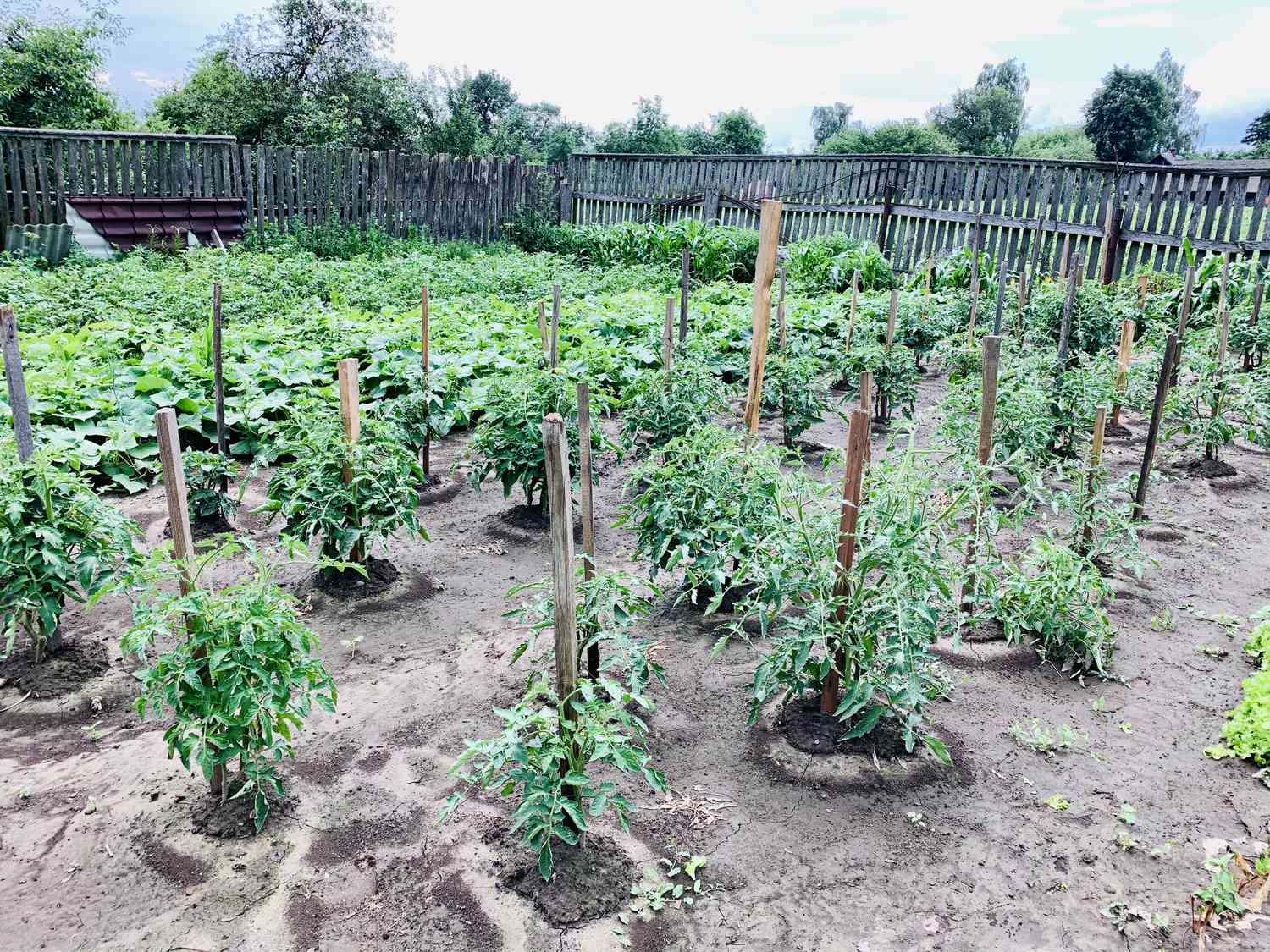
Understanding Tomato Plant Population Per Acre
How many tomato plants you can grow in an acre depends on how you space them. Unlike yields that can change with weather and care, the number of plants is based on how much space each one needs.
Standard Spacing Configurations and Plant Counts
Here are the most common commercial spacing patterns and their exact plant populations:
| Spacing Configuration | Plants Per Acre | Best For |
|---|---|---|
| 5 ft rows, 18 inch spacing | 5,808 plants | Standard commercial farming |
| 5 ft rows, 22 inch spacing | 4,752 plants | Larger determinate varieties |
| 6 ft rows, 18 inch spacing | 4,840 plants | Equipment access priority |
| 4 ft rows, 18 inch spacing | 7,260 plants | Intensive small-farm production |
| 3 ft rows, 18 inch spacing | 9,680 plants | High-density greenhouse farming |

The most common setup uses 5-foot row spacing with 18-inch spacing between plants. This allows for 5,808 plants per acre and balances plant health, equipment access, and yield.
Calculating Total Tomatoes Per Acre
The total number of tomatoes per acre depends on both plant population and the average fruit count per plant, which varies significantly between tomato types.
Determinate vs. Indeterminate Varieties
Determinate (Bush) Varieties
- Average yield: 120–180 tomatoes per plant
- Growing period: 90–110 days
- Harvest pattern: Most tomatoes ripen in 2–3 weeks
Growing period for determinate varieties is 90–110 days (learn the exact crop duration and growth stages in India), while indeterminate varieties take 120–150 days.
Indeterminate (Vine) Varieties:
- Average yield: 200–300 tomatoes per plant
- Growing period: 120–150 days
- Harvest pattern: Continuous production over 3–4 months
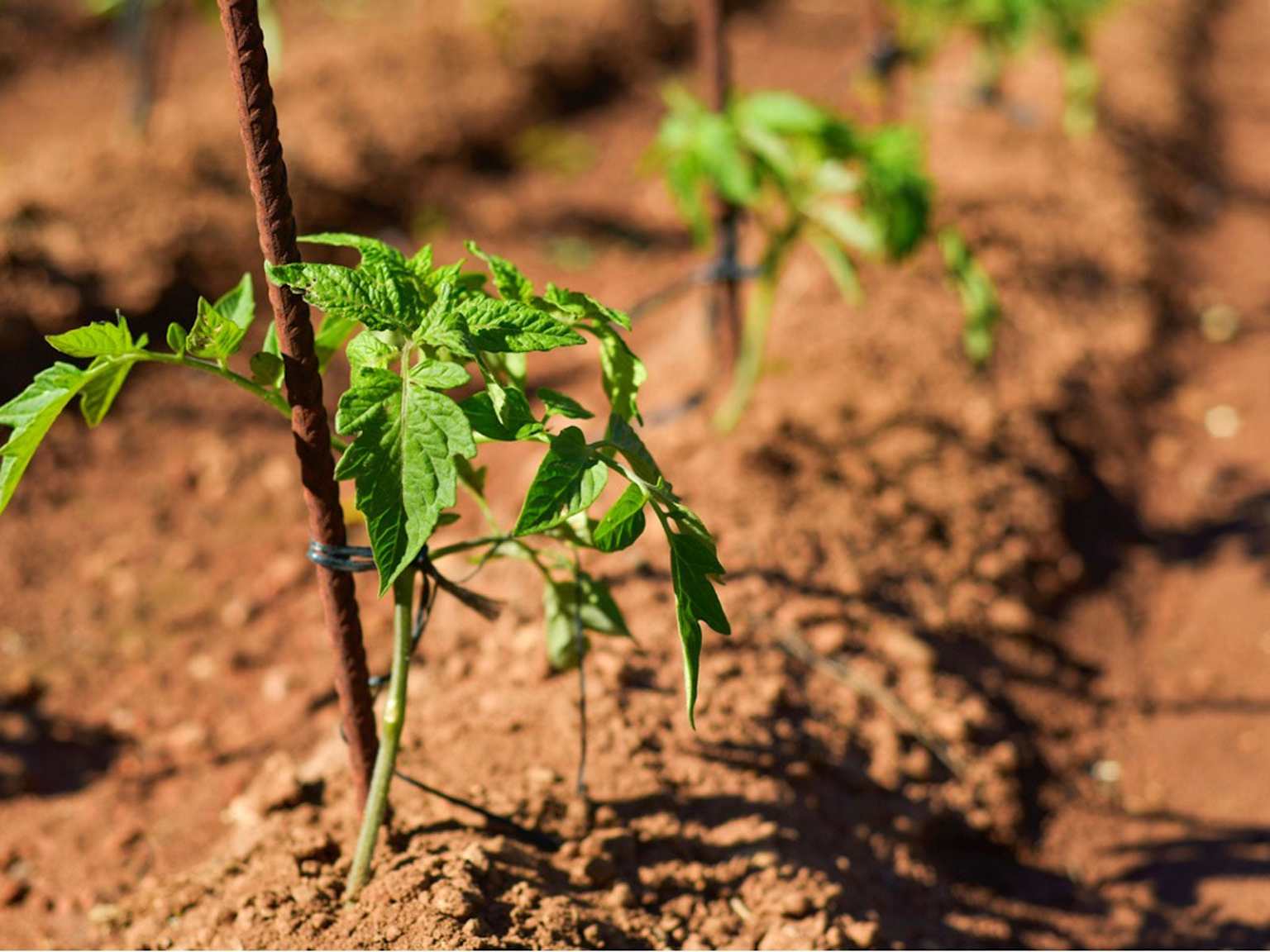
Real Numbers: Tomatoes Per Acre by Spacing
Using the standard 5 ft × 18 inch spacing (5,808 plants per acre):
- Determinate varieties: 871,200 tomatoes per acre
- Indeterminate varieties: 1,452,000 tomatoes per acre
For the intensive 3 ft × 18 inch spacing (9,680 plants per acre):
- Determinate varieties: 1,452,000 tomatoes per acre
- Indeterminate varieties: 2,420,000 tomatoes per acre
Seed Rate Calculations for One Acre
Planning your seed purchase requires accounting for germination rates and nursery mortality. Here’s the exact seed count needed:
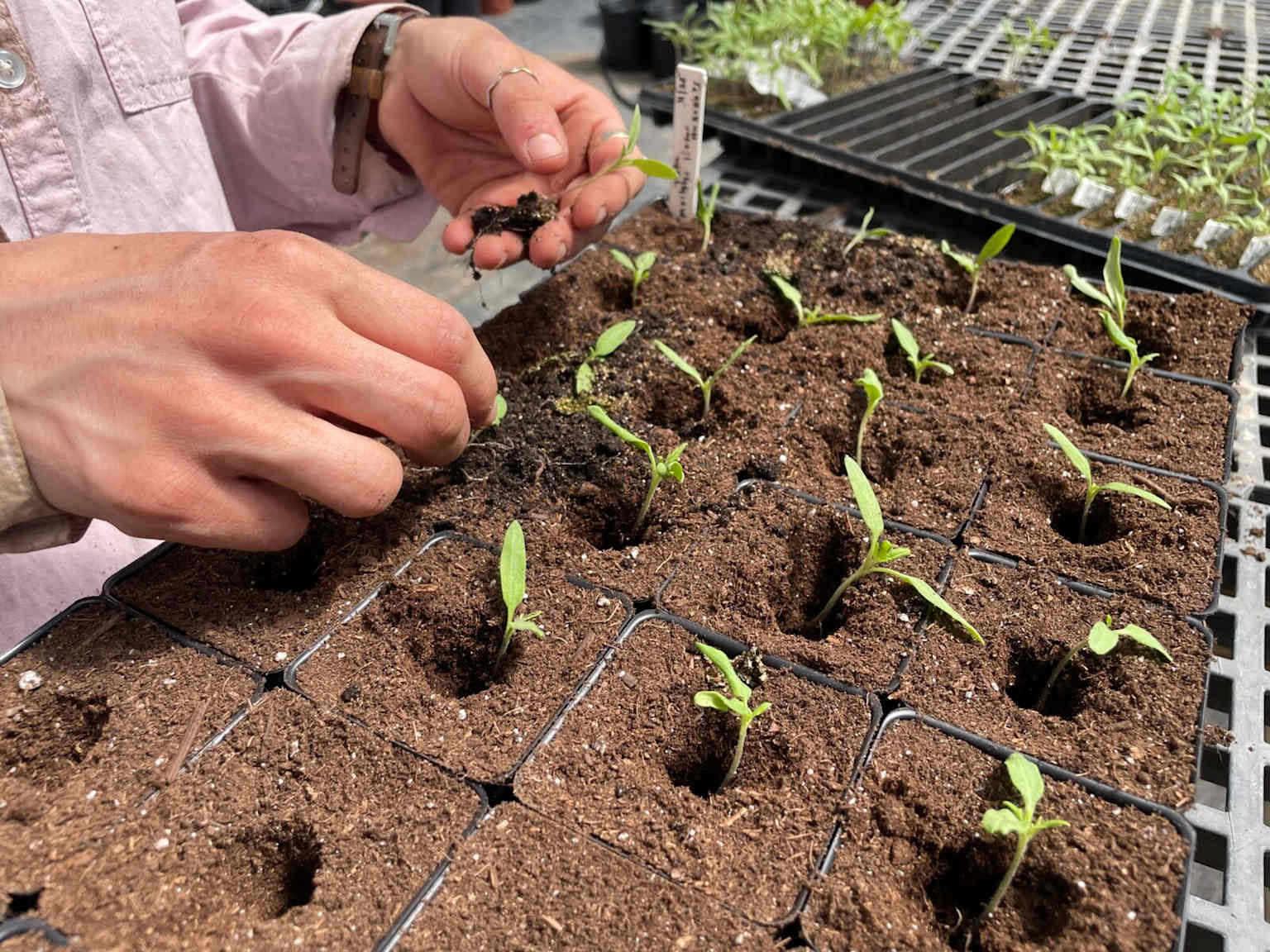
Seeds Required by Spacing Configuration
| Spacing Configuration | Seeds Needed | Weight (grams) |
|---|---|---|
| 5 ft × 18 inch | 8,351 seeds | 27.8 grams |
| 5 ft × 22 inch | 6,832 seeds | 22.8 grams |
| 4 ft × 18 inch | 10,439 seeds | 34.8 grams |
| 3 ft × 18 inch | 13,918 seeds | 46.4 grams |
These numbers assume an 85% germination rate, 10% nursery loss, and an extra 10% for replacements, with 300 seeds per gram for average tomato seeds. If you want to grow seedlings from fresh tomatoes at home, here’s a step-by-step guide.
Weight Conversion: From Count to Kilograms
While knowing the exact number of tomatoes is valuable for planning, you’ll also need weight estimates for marketing purposes.
Average tomato weight: 60 grams per fruit (commercial varieties)
Yield in Kilograms Per Acre
Using standard 5 ft × 18 inch spacing:
- Determinate varieties: 52,272 kg per acre (52.3 tons)
- Indeterminate varieties: 87,120 kg per acre (87.1 tons)
These figures represent potential maximum yields under optimal conditions. Actual commercial yields typically range from 60-80% of these numbers due to weather, disease pressure, and market timing factors.
Optimizing Your Plant Count Strategy
For Maximum Plant Numbers
Choose 3 ft × 18 inch spacing to achieve 9,680 plants per acre. This intensive approach works best for greenhouse or protected cultivation, high-value cherry tomato varieties, markets demanding smaller fruit sizes, and areas with reliable irrigation and pest control.
For Equipment-Friendly Farming
Use 6 ft × 18 inch spacing for 4,840 plants per acre when using tractors or large machinery, prioritizing ease of maintenance, growing in areas with high disease pressure, or focusing on larger fruit varieties.
Economic Considerations
Higher plant populations don’t always mean higher profits. Consider these factors:
Increased Costs with Higher Density:
- More seeds and seedlings
- Higher fertilizer requirements
- Increased labor for maintenance
- Greater disease and pest pressure risk
Benefits of Proper Spacing:
- Better air circulation reduces disease
- Easier harvesting and maintenance
- More uniform fruit sizing
- Better equipment access
Practical Implementation Tips
- Start with proven spacing: Use 5 ft × 18 inch for your first commercial acre
- Plan for replacements: Order 10-15% extra seedlings beyond calculated needs
- Consider your market: Cherry tomatoes justify higher plant densities
- Match variety to spacing: Use determinate varieties for closer spacing
- Infrastructure first: Ensure irrigation and support systems can handle your chosen density, and learn proper watering methods to avoid issues like overwatering.
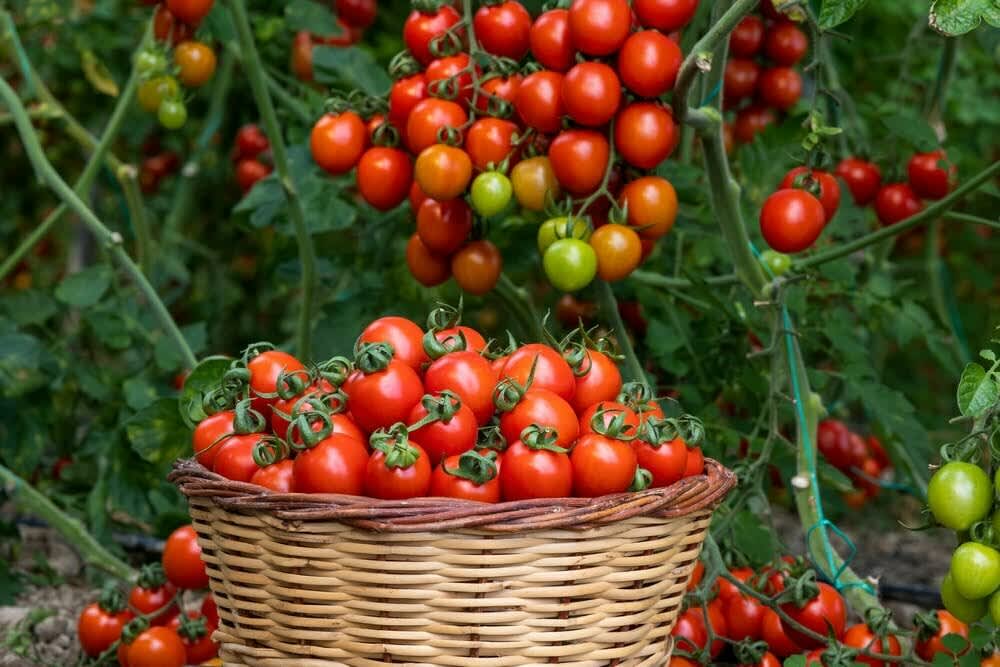
Conclusion
Understanding the exact numbers behind tomato farming per acre empowers better decision-making.
Whether you want 4,840 plants for easier farming or 9,680 plants for maximum production, these numbers help you plan successfully.
Remember that while plant population per acre is fixed by spacing, actual tomato count and weight yields depend on variety selection, growing conditions, and how you manage your plants.
Use these figures as a starting point, but adjust them based on local conditions and market needs.
The key to successful tomato farming is not just having more plants, but finding the right balance between plant density, care, and what the market demands.


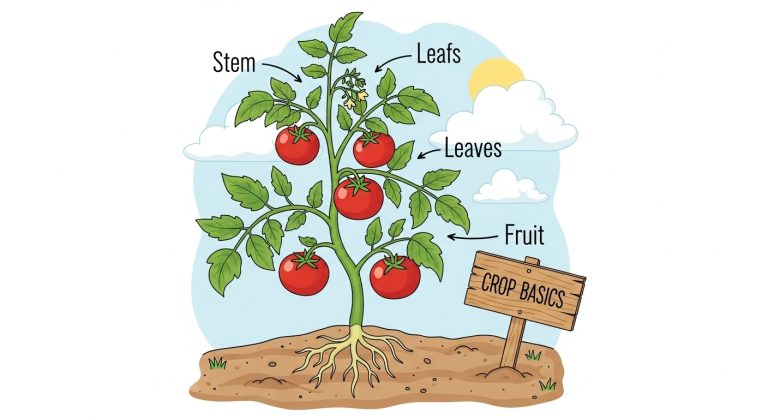
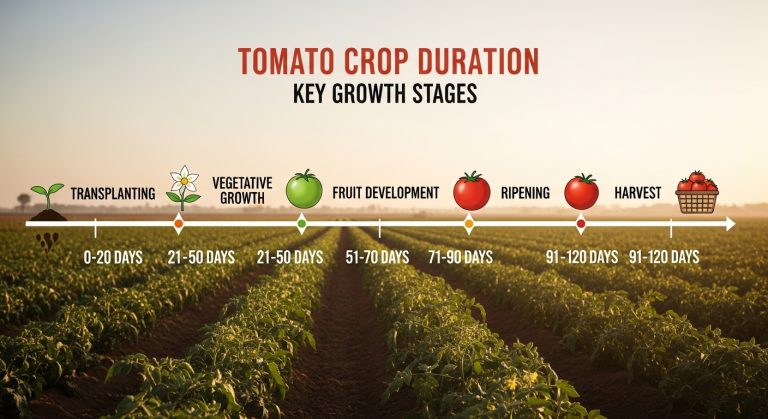
Leave a Comment